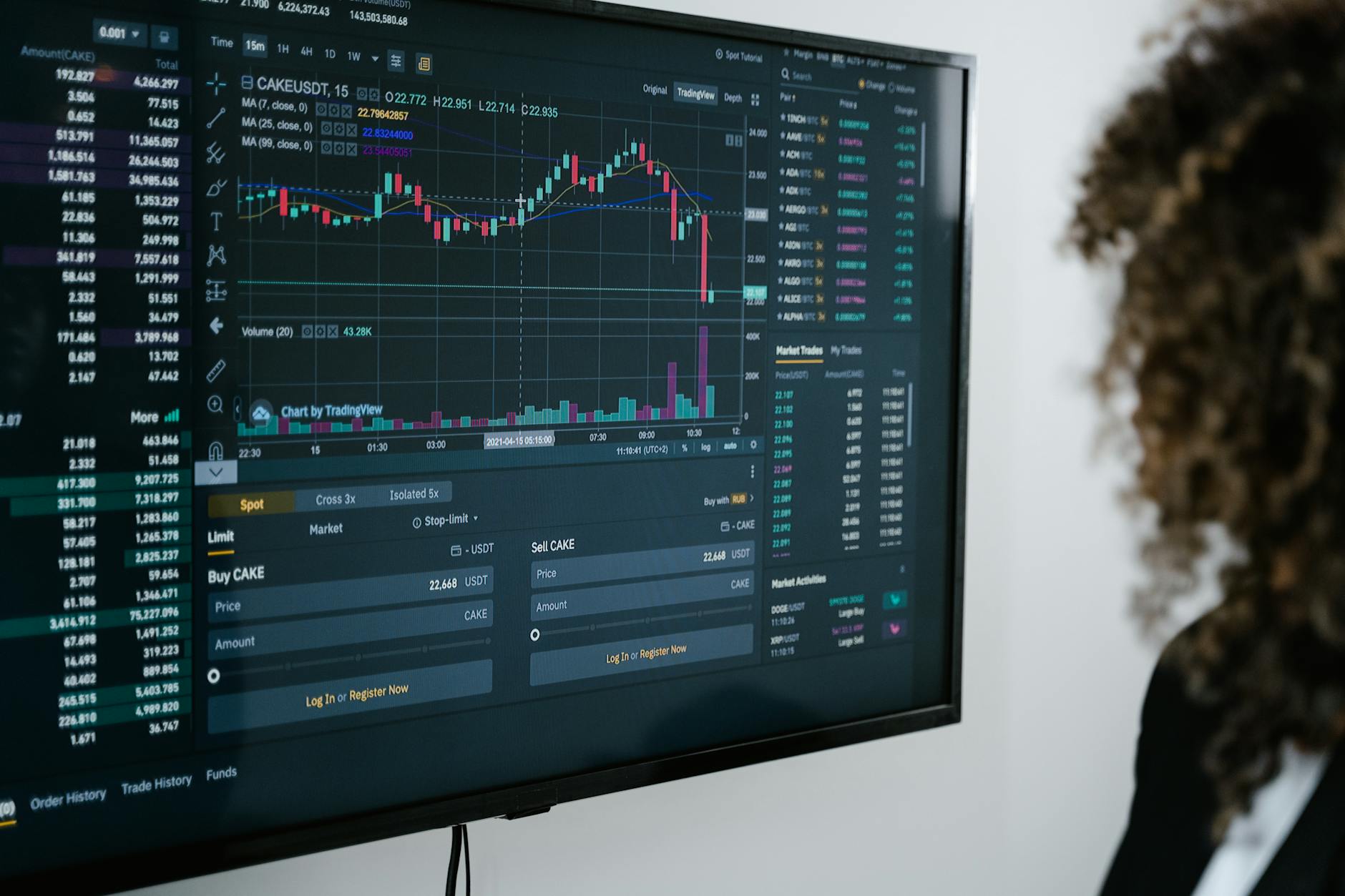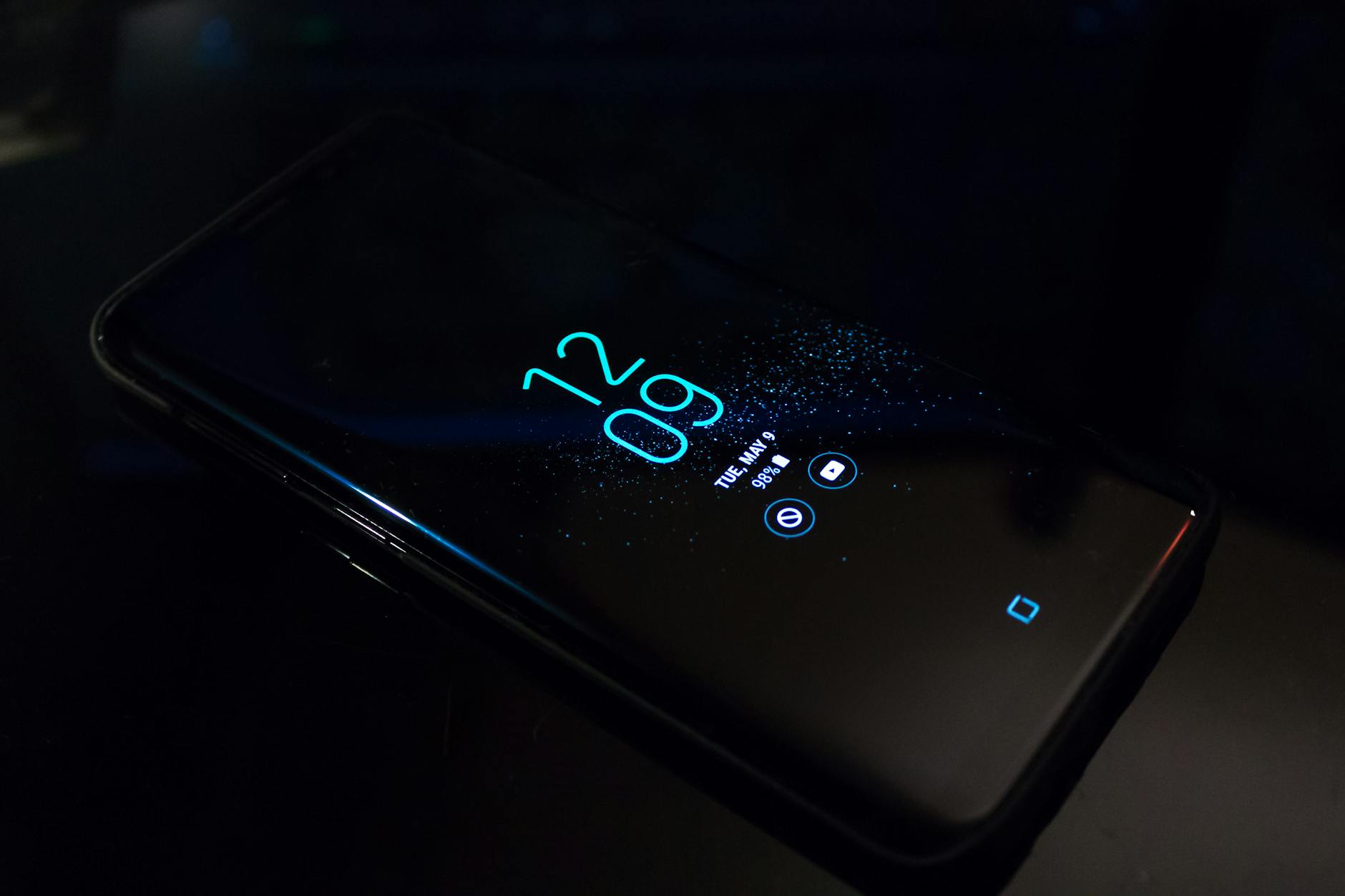Beyond Survival: How Exercise Enhances Recovery for Burn Patients’ Cardiopulmonary Health
New Meta-Analysis Reveals Significant Gains in Fitness and Lung Function Through Integrated Rehabilitation Programs
For individuals who have experienced severe burns, the journey to recovery extends far beyond the initial physical healing. The impact of burn injuries, often exacerbated by smoke inhalation, can lead to profound and lingering cardiopulmonary dysfunction. Symptoms such as shortness of breath, reduced exercise tolerance, and diminished oxygen saturation are common, significantly impacting a patient’s quality of life. While conventional rehabilitation methods have long been the cornerstone of post-burn care, a recent comprehensive meta-analysis published in PLOS ONE suggests that integrating physical exercise into these regimens can unlock substantial additional benefits for burn survivors.
The study, titled “The effect of physical exercise on cardiopulmonary fitness in burn patients: A meta-analysis,” meticulously examined existing research to quantify the impact of physical activity on the cardiorespiratory health of burn patients. The findings offer a compelling case for a more active approach to rehabilitation, highlighting significant improvements in key health indicators when exercise is combined with standard care. This exploration delves into the findings, their implications, and what they mean for the future of burn care.
Context & Background: The Lingering Shadow of Burn Injuries on Cardiopulmonary Function
Burn injuries, particularly those involving extensive tissue damage or inhalation of toxic fumes, can have a cascade of negative effects on the respiratory and cardiovascular systems. The initial trauma can lead to inflammation, fluid shifts, and altered lung mechanics. Smoke inhalation, a frequent complication in fires, directly damages the airways and lung tissue, impairing gas exchange and increasing the risk of pneumonia and long-term respiratory issues.
These physiological changes often manifest as:
- Dyspnea (Shortness of Breath): Difficulty breathing, often worsened by exertion.
- Decreased Exercise Tolerance: An inability to sustain physical activity for extended periods.
- Reduced Maximal Heart Rate (HRmax): A lower capacity for the heart to increase its rate during exercise, limiting oxygen delivery.
- Decreased Arterial Oxygen Saturation: A reduced amount of oxygen in the blood, impacting tissue oxygenation.
Traditional burn rehabilitation typically focuses on wound management, physical therapy to prevent contractures and maintain mobility, and occupational therapy to regain functional independence. While these are critical components, the potential for physical exercise to specifically target and improve cardiopulmonary capacity has been a growing area of interest.
Cardiorespiratory fitness, often measured by aerobic capacity (the body’s ability to transport and use oxygen during sustained physical activity), is a vital indicator of overall health and longevity. Improving this capacity can lead to a higher quality of life, greater independence, and a reduced risk of secondary health complications. This meta-analysis sought to systematically review and synthesize the evidence on whether structured physical exercise could offer these specific advantages in the context of burn patient recovery.
In-Depth Analysis: Unpacking the Meta-Analysis Findings
The meta-analysis, conducted by Da Huang, XiaoXiang Wan, and Juan Xu, involved a rigorous search of major electronic databases: Web of Science, PubMed, Embase, and Cochrane Library, up to August 30, 2024. The objective was to compare the efficacy of conventional rehabilitation alone against the benefits of incorporating physical exercise into conventional rehabilitation programs.
The researchers utilized RevMan 5.4 software for the analysis, employing established methodologies. The primary outcome measure was peak oxygen consumption (VO2Peak), a gold standard for assessing aerobic capacity. Several secondary outcome indicators were also examined to provide a comprehensive picture of cardiopulmonary function and exercise performance:
- 6-Minute Walking Test (6MWT): A common measure of functional exercise capacity and endurance.
- Forced Vital Capacity (FVC)%: A measure of the total amount of air that can be exhaled from the lungs after a deep inhalation, reflecting lung volume.
- Forced Expiratory Volume in the First Second (FEV1)%: A measure of how much air can be forcefully exhaled in one second, indicating airway patency and airflow.
- Maximal Heart Rate (HRmax): The highest heart rate an individual can achieve during maximal exertion.
- Resting Heart Rate (RHR): The heart rate when the body is at rest.
The researchers also evaluated the risk of bias in the included literature using the Cochrane Collaboration tool, a standard for assessing the quality of evidence in systematic reviews.
Key Results: Quantifying the Impact of Exercise
The meta-analysis synthesized data from 13 studies involving a total of 530 burn patients. The results were compelling:
- VO2Peak: Physical exercise combined with conventional rehabilitation led to a statistically significant improvement in peak oxygen consumption (Mean Difference [MD] = 4.91, 95% Confidence Interval [CI]: 3.52–6.29, P < 0.001). This indicates a substantial enhancement in the body’s ability to utilize oxygen during exercise.
- 6MWT: The integrated approach significantly improved performance on the 6-minute walking test (MD = 37.11, 95% CI: 11.72–62.51, P = 0.004), suggesting better endurance and functional mobility.
- FVC%: Lung volume, as measured by forced vital capacity, also saw significant improvement (MD = 6.54, 95% CI: 4.9–8.17, P < 0.001).
- FEV1%: Airflow limitation was reduced, with a significant increase in forced expiratory volume in the first second (MD = 8.27, 95% CI: 7.39–9.14, P < 0.001), indicating improved airway function.
Regarding heart rate, the findings were nuanced:
- RHR: There was no significant difference in resting heart rate between the exercise group and the control group (MD = 2.04, 95% CI: −2.71–6.78; P = 0.40). This suggests that exercise, in this context, did not negatively impact resting heart rate.
- HRmax: A significant improvement was observed in maximal heart rate (MD = 6.27, 95% CI: 1.75–10.97, P = 0.007). This is a crucial finding, as an increased HRmax allows for a greater capacity to increase cardiac output and deliver oxygen to working muscles during physical exertion.
Subgroup Analysis: Optimizing Exercise Interventions
The researchers also conducted subgroup analyses to identify which types and durations of exercise were most effective:
- Exercise Modality: Resistance training combined with aerobic exercise proved to be more effective for improving VO2Peak (MD = 5.47, 95% CI: 4.81–6.13, P < 0.001) compared to aerobic exercise alone. This suggests that a multimodal approach, engaging both muscular strength and cardiovascular endurance, yields superior results.
- Exercise Duration: Exercise sessions lasting longer than 60 minutes demonstrated a greater positive impact on VO2Peak (MD = 6.32, 95% CI: 4.49–6.16, P < 0.001) compared to those under 60 minutes. This highlights the importance of sufficient duration for achieving significant physiological adaptations.
- Patient Demographics: The improvement effects were notably superior in adult burn patients (MD = 6.09, 95% CI: 3.7–8.48, P < 0.001) compared to pediatric burn patients. This could be due to various factors, including differences in physiological response, adherence, and the complexity of rehabilitation in younger individuals.
- Burn Severity: Patients with severe burns experienced greater improvement effects (MD = 5.66, 95% CI: 4.2–7.12, P < 0.001) than those with moderate burns. This finding is significant, as severe burns often lead to more pronounced cardiopulmonary deficits, suggesting that exercise can be particularly beneficial in these more challenging cases.
Evidence Certainty: A Note on Limitations
While the findings are encouraging, the authors highlight the importance of considering the certainty of the evidence. According to the GRADE (Grading of Recommendations Assessment, Development and Evaluation) guidelines, the certainty of the evidence was assessed as moderate and very low. Key factors contributing to this downgrading included:
- Publication Bias: The tendency for studies with positive results to be more likely to be published.
- Imprecision: The potential for the confidence intervals of the estimated effects to be wide, indicating less certainty about the true effect size.
- Inconsistency: Variations in the results across different studies, which can arise from differences in patient populations, intervention protocols, or outcome measurement methods.
These limitations underscore the need for continued high-quality research in this area, but do not diminish the overall positive signal from the existing evidence.
Pros and Cons: Evaluating the Integration of Exercise in Burn Rehabilitation
The integration of physical exercise into burn patient rehabilitation presents a clear set of advantages, but also considerations that need to be managed.
Pros:
- Enhanced Cardiopulmonary Fitness: The most significant benefit is the improvement in VO2Peak, 6MWT, FVC%, and FEV1%, directly addressing the common post-burn cardiopulmonary deficits. This translates to better breathing, increased stamina, and improved overall physical capacity. (PLOS ONE Study)
- Improved Functional Capacity: The gains in the 6-minute walking test indicate that patients can perform everyday activities with greater ease and endurance, leading to enhanced independence and quality of life.
- Increased Maximal Heart Rate: A higher HRmax capacity is crucial for optimal cardiovascular response during exertion, allowing for better oxygen delivery to muscles and improved performance. (General Principles of Exercise Physiology)
- Synergistic Benefits: Combining resistance and aerobic training appears to offer a more potent stimulus for improvement than either modality alone, suggesting a well-rounded approach is beneficial. (Benefits of Combined Training)
- Potential for Greater Gains in Severe Cases: The observation that severe burn patients show superior improvement suggests that exercise is a vital tool for mitigating the most profound physiological impairments.
- Evidence-Based Support: The meta-analysis provides a robust, evidence-based foundation for advocating for exercise integration, moving beyond anecdotal observations.
Cons/Considerations:
- Risk of Overtraining or Injury: Burn patients may have compromised tissues, potential for skin grafts, and altered pain perception, necessitating careful supervision and gradual progression to avoid overexertion or injury. (Considerations in Burn Rehabilitation)
- Patient Adherence and Motivation: Burn survivors may experience fatigue, pain, or psychological distress (e.g., anxiety, depression), which can impact their willingness and ability to engage in exercise programs. (Psychosocial Aspects of Burn Recovery)
- Variability in Burn Patient Populations: Differences in age (adults vs. pediatrics), burn severity, extent of inhalation injury, pre-existing conditions, and the timing of rehabilitation can influence exercise response. As noted, adult and severe burn patients showed greater gains in this study.
- Need for Specialized Expertise: Designing and supervising exercise programs for burn patients requires a multidisciplinary team with expertise in both exercise physiology and burn care to ensure safety and efficacy.
- Resource Allocation: Implementing comprehensive exercise programs may require additional resources, including trained personnel, specialized equipment, and dedicated space within rehabilitation facilities.
- Limitations in Evidence Certainty: While promising, the “moderate to very low” certainty of evidence highlights the need for more rigorous, larger-scale studies to confirm these findings and refine best practices.
Key Takeaways
- Integrating physical exercise into conventional rehabilitation significantly improves cardiopulmonary fitness in burn patients, as evidenced by enhanced peak oxygen consumption (VO2Peak), better performance on the 6-minute walking test (6MWT), and improved lung function (FVC% and FEV1%).
- The combination of resistance training and aerobic exercise appears to be more effective than aerobic exercise alone for improving VO2Peak.
- Longer exercise durations (over 60 minutes) are associated with greater improvements in VO2Peak.
- Adult burn patients and those with severe burns demonstrated superior improvements compared to pediatric and moderate burn patients, respectively.
- While resting heart rate did not significantly change, maximal heart rate (HRmax) capacity improved with exercise, suggesting better cardiovascular responsiveness.
- The certainty of the evidence is moderate to very low, necessitating further high-quality research.
- Careful program design, supervision, and consideration of individual patient factors are crucial for safety and efficacy.
Future Outlook: Refining Exercise Protocols for Burn Survivors
The findings of this meta-analysis pave the way for a more standardized and evidence-based approach to exercise in burn rehabilitation. The future outlook involves several key areas of development:
- Personalized Exercise Prescription: Moving beyond general recommendations, future research should focus on tailoring exercise programs to individual patient needs, considering the specific type and extent of burn injury, presence of comorbidities, psychological state, and functional limitations. (Precision Medicine in Rehabilitation)
- Long-Term Efficacy Studies: More research is needed to assess the long-term benefits of exercise interventions in burn survivors, including their impact on overall survival, quality of life, and reduction of secondary health complications.
- Intervention Standardization: To address inconsistencies, future studies should strive for greater standardization in exercise protocols, including exercise type, intensity, frequency, duration, and progression, as well as outcome measurement.
- Investigating Mechanisms: Further exploration into the physiological and molecular mechanisms by which exercise enhances cardiopulmonary recovery in burn patients could lead to more targeted and effective interventions.
- Technological Integration: The use of wearable technology, virtual reality, and telehealth platforms could enhance exercise adherence, provide real-time feedback, and extend the reach of rehabilitation services, especially for patients in remote areas. (Technology in Rehabilitation)
- Addressing Pediatric and Adolescent Populations: Specific research tailored to the unique developmental and physiological needs of pediatric and adolescent burn survivors is crucial, given the noted differences in response.
- Focus on Respiratory Muscle Training: Given the impact of smoke inhalation on the lungs, targeted respiratory muscle training programs could be a valuable addition to existing protocols. (Respiratory Muscle Training)
By addressing these areas, the rehabilitation community can refine exercise interventions to maximize functional recovery and improve the long-term health outcomes for burn survivors.
Call to Action: Embracing Exercise for Comprehensive Burn Recovery
The scientific evidence is mounting: physical exercise is not just a complementary therapy, but a vital component of comprehensive recovery for burn patients. The findings from this meta-analysis serve as a powerful call to action for healthcare professionals, patients, and their families:
- For Healthcare Providers: Advocate for and integrate structured, supervised exercise programs into the standard of care for burn patients, from acute care through long-term rehabilitation. Collaborate with exercise physiologists and physical therapists to develop personalized, safe, and effective exercise plans.
- For Burn Survivors: Engage actively in your rehabilitation. Discuss with your care team the potential benefits of exercise and work together to incorporate it into your recovery journey. Remember that progress may be gradual, but consistent effort yields significant rewards.
- For Researchers: Continue to conduct high-quality studies to further elucidate the optimal exercise strategies for different burn populations and to confirm the long-term benefits of these interventions.
- For Policymakers and Institutions: Support the development and funding of specialized exercise programs and resources for burn rehabilitation centers. Recognize the economic and humanistic benefits of investing in proactive, evidence-based recovery strategies.
By embracing a more active approach to rehabilitation, we can help burn survivors not only survive but thrive, regaining lost function, improving their quality of life, and reclaiming their physical well-being. The path to recovery is challenging, but with the power of exercise, the journey can lead to significantly better outcomes.









